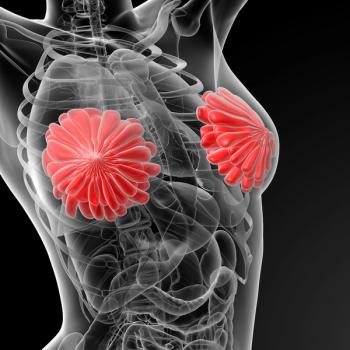
Regimen Improved Survival in Children With High-Risk Wilms Tumors
In this video, Dr. Dix, discusses the results of two phase III trials that showed that in children with high-risk Wilms tumor, treatment with vincristine and dactinomycin plus the addition of doxorubicin improved outcomes.
In this video, Dr. Dix, of the British Columbia Children’s Hospital in Vancouver, discusses results of two phase III Children’s Oncology Group clinical trials that found that in children with high-risk Wilms tumor, treatment with vincristine and dactinomycin plus the addition of doxorubicin improved outcomes. The data were presented at the 2015 American Society of Clinical Oncology (ASCO) Annual Meeting.
Newsletter
Stay up to date on recent advances in the multidisciplinary approach to cancer.
































































































